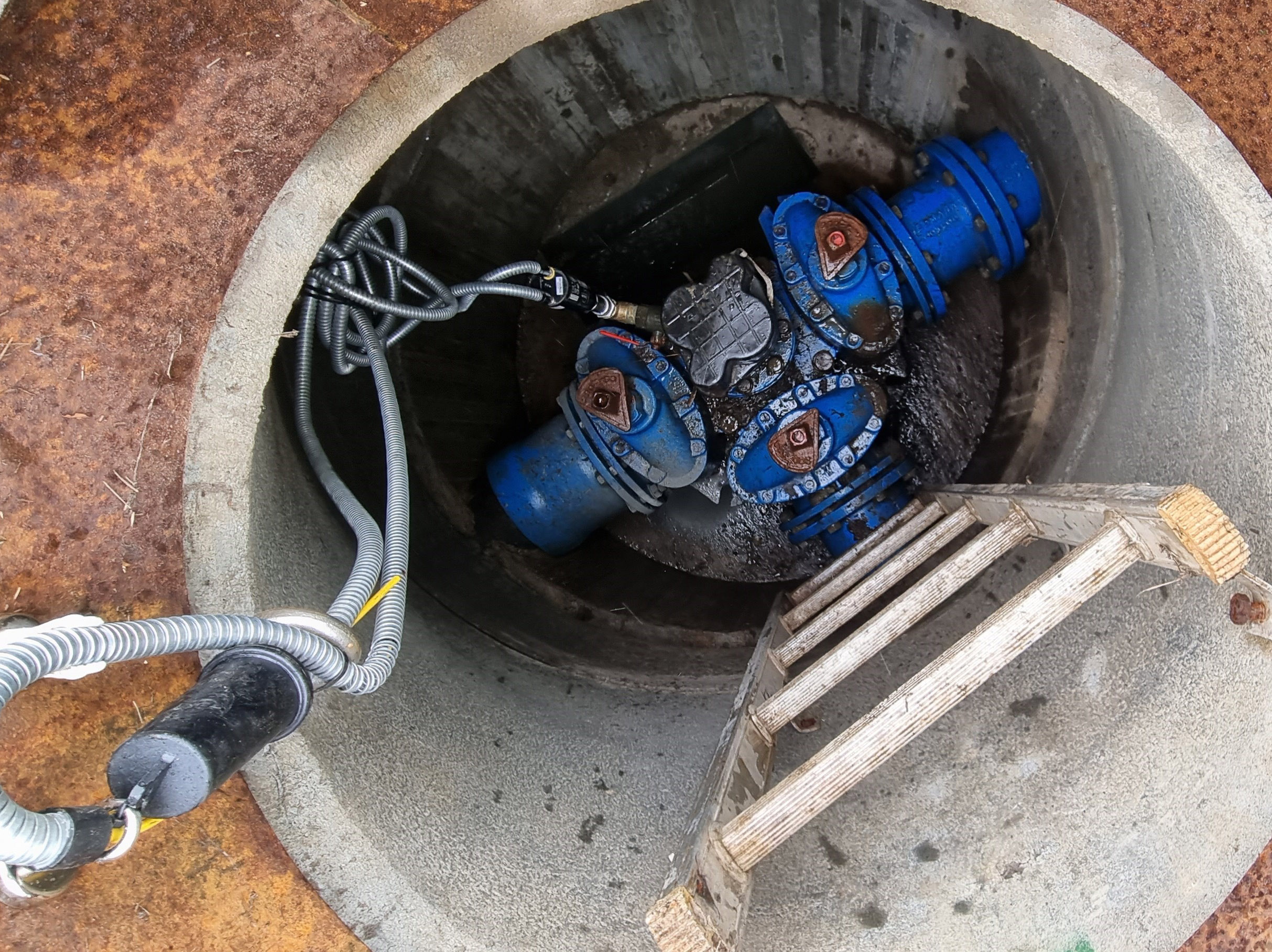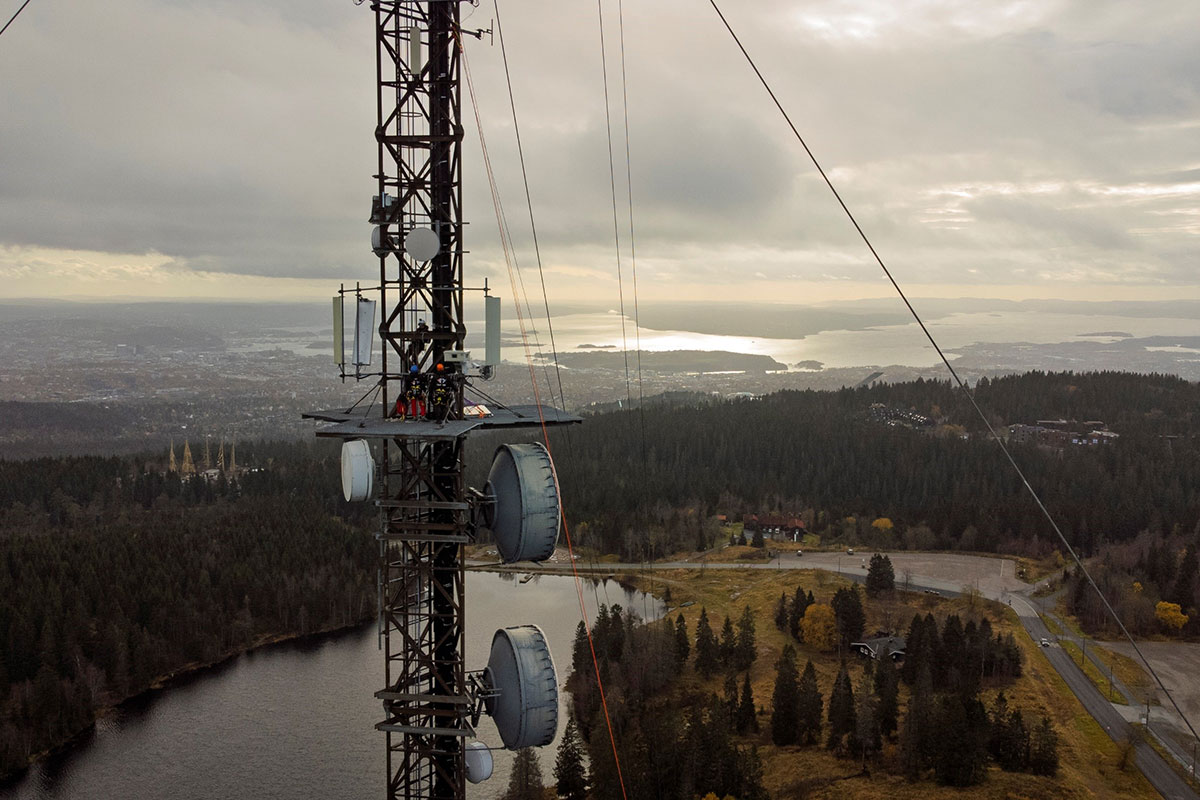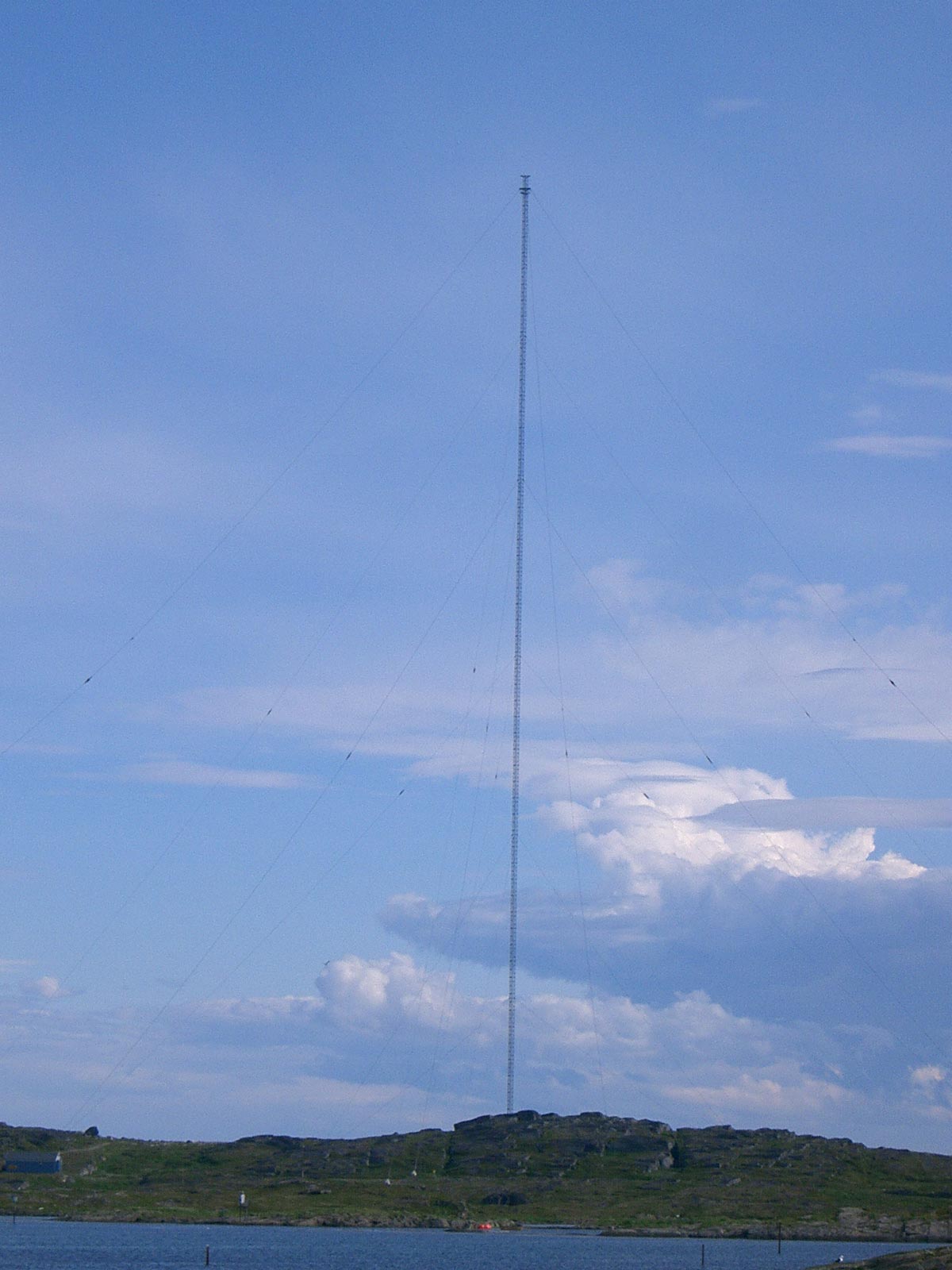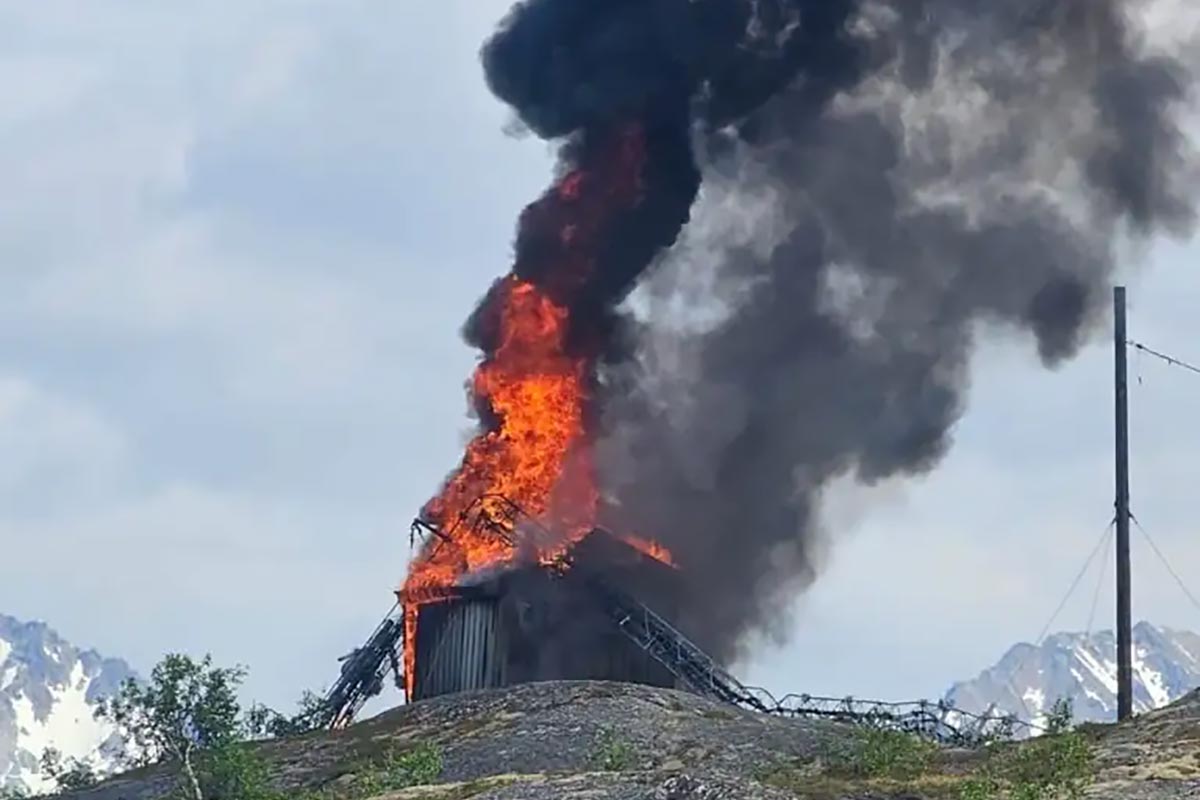“Tryvasshøgda” helps Oslo save water
“Tryvasshøgda” helps Oslo save water
Oslo has a vast network of water pipes underground. The pipes are on average 60 years, with some as old as 170 years and in need of maintenance, causing water leaks and a loss of about 30% of the water on its way to the tap. The city’s Water and Sewerage Authority (VAV) is now taking an innovative step to cut down the water loss.

Oslo has a vast network of water pipes underground. The pipes are on average 60 years, with some as old as 170 years and in need of maintenance, causing water leaks and a loss of about 30% of the water on its way to the tap. The city’s Water and Sewerage Authority (VAV) is now taking an innovative step to cut down the water loss.
With pipelines that stretch back from the mid 1800’s, Oslo’s VAV is no stranger to leaks in its subterranean waterways. But they are not always easy to identify. Through a pioneering initiative that blends innovation and technology, VAV is now transforming in how leaks are discovered and fixed.
Essential in VAV’s initiative are hydrophones; advanced auditory devices capable of picking up the faint sounds of water seeping through underground fissures. Placed strategically throughout the city, these devices capture the nocturnal symphony of the underground, turning these sounds into actionable data that pinpoint water leaks with remarkable accuracy.
This initiative’s cleverness is further amplified using a repurposed old FM radio antenna on the Telenor Towers’ mast, “Tryvasshøgda”, located on the hillside of Oslo. The antenna ensures the hydrophones are perfectly synchronized, a critical factor in accurately identifying leak locations. VAV has even launched a special sound signal that airs nightly on FM 100.0, solely to synchronize these hydrophones. According to Jo Alexander Gjerpe, the Specialist in charge of monitoring equipment, this signal, although filled with ordinary chatter, plays a pivotal role in the project’s success.
Behind these technological advancements is the VAV team, comprising expert leak detectives and engineers, adept at maneuvering through Oslo’s complex urban environment. Their commitment underlines the city’s dedication to both sustainability and cutting-edge innovation, and a key initiative to cut down the water loss from 32 % to 20 % by 2030. This significant effort could save around 125 million cubic meters of water yearly, enough to fill up 5,000 Olympic-sized swimming pools.
Oslo’s advances in water conservation demonstrates the role of technology in addressing environmental problems. The city’s initiative serves as a valuable model for similar urban challenges worldwide. By integrating traditional methods and technological innovation, Oslo is not only fixing pipelines but also redefining urban water management for the future.



